28 Jun
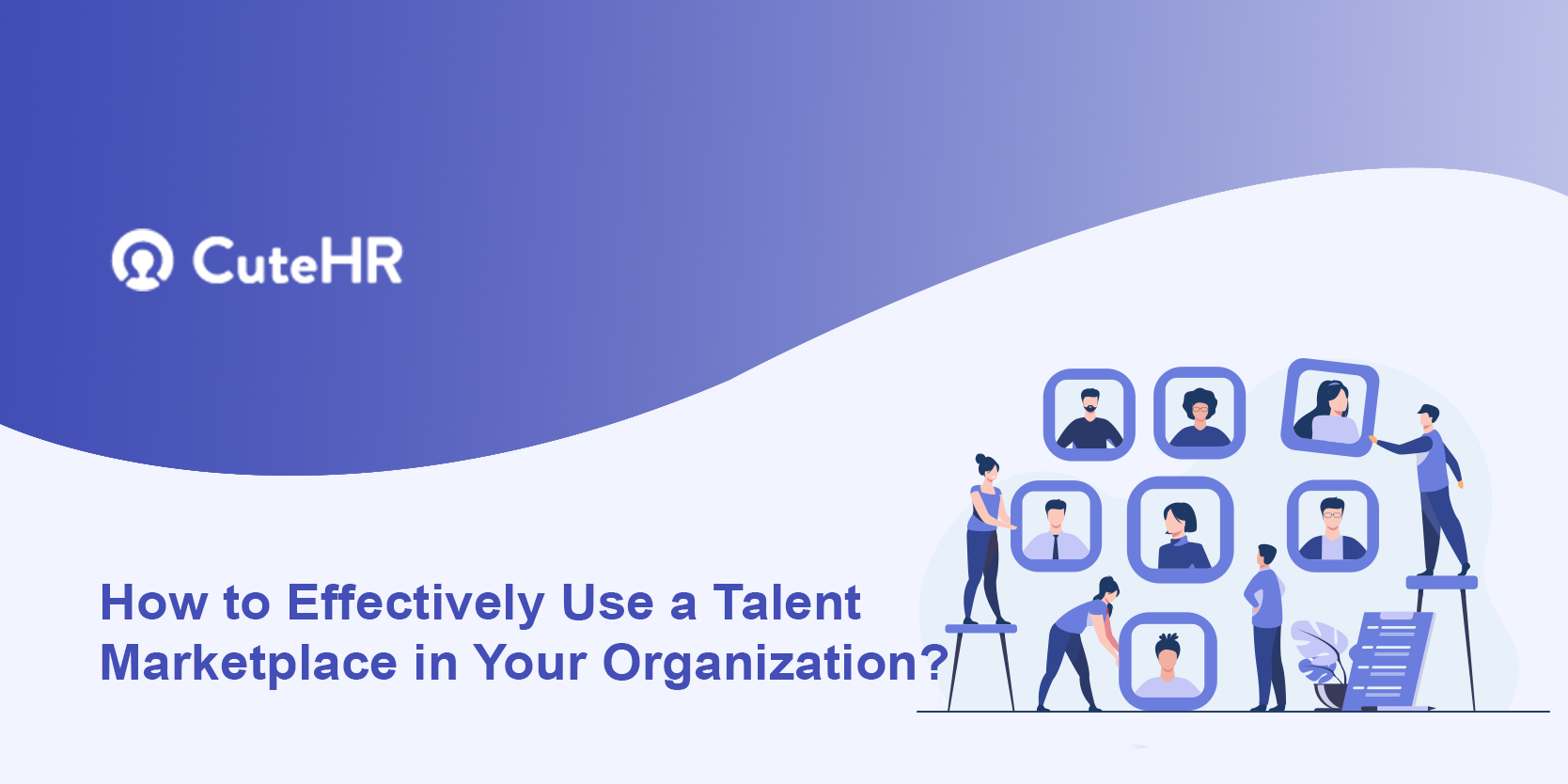
Internal talent mobility is vital to 76 %, yet just 6 % believe they are appropriately mobilizing staff from one role to another.
For a long time, most talent management principles were straightforward. Employees were employed to do a specific task. They had one manager, managed by someone else in the same function—to the top. Everyone was on the same step of the same vertical ladder, and everyone had the same option: climb up or step off.
Talent management solutions were not designed for agility since there was no ability to question the status quo or think outside the box. They were designed to assist HR in an administrative role and performed nothing else.
HR is now a far more strategic position, and the traditional set of tried-and-true technologies no longer suffice. Modern people leaders are altering the way we work and transforming the employee-employer relationship, not just filling out spreadsheets.
They require revolutionary technology to unlock agility, prepare for the future of work, and guarantee the right talents are in the right place. That’s where a game-changing new tool comes in: the talent marketplace.
Table of Contents
What is Talent Marketplace?
Employers would be advised to maximize the skills of their present employees. However, knowing exactly what is accessible and being able to unearth hidden internal abilities might be difficult. This is particularly true for larger firms with various locations. The answer is a centralized resource that can detect and improve people’s abilities before matching them to available positions.
A talent marketplace is a technologically enabled platform that links people to possible roles and growth possibilities inside the firm. It improves productivity and adds value to the company and the employee by assisting individuals with their career goals and addressing the organization’s evolving labor demands.
Many organizations and even military systems are using talent marketplace strategies. UBS, a global bank, thinks that well-developed workers become assets to the company. In 2019, they launched a talent marketplace to encourage a culture of internal career mobility and make the most of what their employees have to offer.
Employees seeking internal mobility can take control of their career paths by using a talent marketplace. They can learn what talents they require and how to obtain or develop them. Employers can optimize their ability to promote company success by empowering their staff.
The Advantages of Using a Talent Marketplace
There is no disputing that adopting a talent marketplace represents a significant shift. Schneider Electric was among the first to introduce its platform, and its VP of Digital Talent Transformation, Jean Pelletier, goes so far as to state, “It’s a full rewriting of HR.” You must reconsider speed and how to use AI to reach deep and wide in an organization.”
While the talent marketplace is a significant transition, it also has several transformational benefits, including:
1. Dismantling Silos
Traditional, inflexible hierarchies create organizational silos. When employees only know what is going on in their area, knowledge is locked in various parts of the firm. Employees’ strengths and skills are solely used inside their teams, limiting your workforce from reaching its full potential.
Talent marketplaces, on the other hand, tear down boundaries so that your employees may share their talents and knowledge with colleagues throughout the firm. Employees may interact cross-functionally, pitch in when they have spare capacity, and work together to help your company accomplish previously unattainable performance targets.
2. Getting Agile
During COVID-19, agility emerged as the make-or-break aspect for firms. And the significance of promptly adjusting and developing will only grow as we go past the epidemic and into our new world of work.
While many firms recognize the value of agility, most lack the resources required to achieve it. Leaders, in particular, lack complete insight into their workforces’ talents and capabilities, preventing people from being redeployed at the drop of a hat to suit shifting objectives. Rapid pivots and rapid redeployments are made possible by talent marketplaces.
3. Enhance Diversity, Equity, Inclusion, and Belonging
The majority of diversity, equality, inclusion, and belonging (DEIB) programs neglect one critical fact: we are all biassed. We all have underlying preconceptions that warp our perspectives and influence our judgments unknowingly. Fortunately, talent marketplaces allow executives to almost eliminate bias from the equation.
The platforms employ ethically created AI to level the playing field, democratize professional development, and increase the visibility of opportunities and talent–thus minimizing bias.
4. Increase Retention and Engagement
If your employees do not see a future with your company, they will seek one elsewhere. For a long time, many professionals believed that vertical advancement was the only path their careers could take. Talent markets broaden workers’ horizons, allowing them to move laterally and seek out new possibilities that match their talents and objectives and your company’s aims.
How Does a Talent Marketplace Work?
A talent marketplace is usually a two-sided platform that collects and distributes data. It employs artificial intelligence to match individuals’ abilities with acceptable opportunities inside the firm.
It operates similarly to how we find a hotel using trip booking software. On one end of the spectrum is a database of hotels and their facilities. On the other end, you enter the search criteria (location, dates, amenities, etc.) It then displays a list of available hotels that meet your criteria.
All accessible ads for employment, training, projects, temporary assignments, and so on are housed on the talent marketplace website. Employees create a profile of their talents and interests, which they may update when they gain new skills through training or new experiences. Algorithms produce matches and suggestions to qualified applicants based on their skills and interests.
A talent marketplace can be used by departments within a business to either advertise or discover the suitable employee for openings such as:
- Cross-functional responsibilities
- Alternative career paths
- Mentoring programs are available.
- Specialized groups.
- Learning and training events, both official and casual.
- Positions are available.
- Short-term initiatives (gigs.)
This solution streamlines the process by providing employees with on-demand and direct access to possibilities without requiring them to go via their manager. Managers can also review applications and make decisions without contacting a third party.
Features of Talent Marketplace Platforms
The majority of existing talent marketplace platforms contain some type of AI-driven algorithm that intelligently connects employees in your business with open projects, mentorships, and gigs. They usually incorporate elements that aid with recruiting and succession planning.
Examples of features you may discover in a talent marketplace platform are shown below.
1. Keeping track of skills
Using artificial intelligence, these systems gather information about your workers’ skill sets and previous job experience from sources such as resumes, employment records, and LinkedIn profiles. This data is processed and saved in an employee database, where it may be used to match people to opportunities that match their skills.
2. Predictive analytics
It is frequently used in talent marketplaces to forecast when critical jobs will need to be replaced due to retirement, attrition, or promotions. You may also use personnel database information to identify prospective future leaders, therefore supporting employees’ career objectives and ensuring easier corporate operations.
3. Individual development plans (IDP)
Talent marketplace platforms aim to unearth your workers’ professional objectives so that they may be linked to initiatives and individuals inside your business that will further their development goals.
4. Setting and achieving goals
Managers can utilize these platforms to define and assign goals to staff that match corporate demands and objectives. They may also track their employees’ progress toward those objectives and give real-time feedback.
5. Employment management
A component of talent marketplaces is the ability to attract talent (internal, external, or both) for available roles and projects. Some may include powerful search tools that enable managers and recruiters to quickly identify individuals with the talents they require, whilst others may concentrate on marketing initiatives like email campaigns.
Crucial Factors for Implementing a Talent Marketplace
If you’re tempted by these systems and want to test one at your company, keep these factors in mind before signing a contract.
1. Senior leadership commitment is required
Talent marketplaces work best when everyone in a company uses them, whether to publish opportunities for others or to express their growth objectives. As a result, your senior leadership team must encourage platform adoption and utilization.
If the platform’s acceptance rate is poor after release, solicit input from staff to identify what is keeping users from embracing the platform.
2. Internal gig economies require organizational flexibility to function
To begin with, not every company’s organizational structure is suited to an internal gig economy. A work environment that has embraced an adaptable organizational style and is free of talent hoarding is ideal for talent marketplace systems. Teams that work on projects or employ agile approaches are also excellent possibilities.
If your business is compartmentalized or hierarchical, you should begin by concentrating on boosting internal employee mobility. Build on that and aim to transition to a more adaptable organizational structure capable of supporting an internal gig economy during the next five to ten years.
3. Over time, additional data sources will be required
Job descriptions and employee profiles alone do not provide enough data for talent marketplaces to function properly. Individual workers may, of course, contribute by updating their profiles, but without external data sources like resumes or employment records, you won’t have enough information to allow the organization-wide adoption of a talent marketplace.
As a result, you should aim to gradually enhance data inputs, ideally by combining your talent marketplace with other systems like your project management platform and HRIS.
How to Effectively Use a Talent Marketplace in Your Organization?
A talent marketplace may be adapted to your organization’s needs, but there are several things to consider before installing and utilizing it efficiently. Among these steps are the following:
1. Carefully select a technology solution
A talent marketplace cannot operate without the proper technology and a positive user experience. Because customization possibilities vary greatly amongst products, you must pick a platform that meets your organization’s particular demands and matches your aims.
You may conduct online research, pick a few systems, schedule demos, and ask several questions. The talent marketplace software’s integration with your other platforms is critical. This procedure may be more involved than suppliers suggest, so ensure that your technical professionals are on board and that enough assistance is offered.
Many suppliers are attempting to accommodate the demand for talent marketplace platforms since many businesses recognize their benefit in them. Here are a few examples:
- Fuel50: Mid-sized corporations, enterprises, government, and charities are all served.
- Gloat: A prominent service aimed toward large corporations.
- Eightfold.ai: Targets medium to large-sized businesses, including government agencies.
2. Define the purpose and objectives
When a new approach is launched, it must be clear what problem it is attempting to tackle. Before you can choose the best platform for your firm, you must first determine what you want the talent marketplace to accomplish.
Here are some frequent results that businesses want from a talent marketplace:
- Allowing for talent reassignment.
- Managing seasonal demand fluctuations.
- Giving employees possibilities for advancement.
- Make your internal mobility program more transparent.
- Finding workers permanent new opportunities.
- More cross-departmental initiatives are being offered.
- Making use of existing staff capabilities.
3. Examine how the market is performing
Certain statistics can help you determine how effective your talent marketplace is. Here are some examples of metrics to check for:
- Which departments are posting the most job openings?
- The most desired opportunities
- Users who have saved, shared, applied for, and discovered opportunities
- Total number of active users
- Departments having the highest number of active users
Workers can take some time to completely adopt a new system; thus, the statistics may not represent advantages right once. After the first week, review the data every thirty days for the next several months. That way, you’ll know whether you need to promote the talent marketplace more in specific areas or devise other techniques.
You can also interact with users. Surveys of participating managers and workers might reflect their degree of satisfaction and desire to continue using the marketplace.
Over time, the market will settle and change. Then you’ll have more visible results to ascribe to it, such as new skills, turnover, and post-opportunity performance.
4. Facilitate talent marketplace adoption
Once you’ve decided on a talent marketplace platform, you must ensure that it will be widely acknowledged and used. Begin at the top of the organization and get support by describing how the marketplace will assist address internal business needs. You may share study findings on what has worked for other organizations using talent markets.
Consider that managers may be concerned about losing valued team members who will have access to fresh opportunities, either temporarily or permanently. Explain that the talent marketplace will also provide accessible talent and expertise to help them meet their demands more quickly. If feasible, provide incentives to leaders who promote the growth of their team members. It can assist them in advocating for the talent marketplace concept.
The marketplace will only function if people participate, so spread the word to your staff. They must understand how they may benefit from the platform’s capacity for learning and career advancement. Reassure staff that the platform is encouraged and completely supported by leadership. Employees should not be afraid that their supervisors may resent them.
Formal training on how to utilize the technology should be provided. It should cover not just how to use the platform but also how to make the most of what it has to offer.
Ongoing communication with employees about the talent marketplace and what it has to offer encourages them to stay involved. Sharing success stories of people who have benefited from it might motivate coworkers to give it a try.
5. Make internal mobility a part of your company’s culture
Don’t think of a talent marketplace as merely another item in your HR toolbox. It must become a vehicle for talent mobility inside your firm, where employees are encouraged to seek new possibilities and focus on their development.
A culture of internal mobility begins with executives being open about their commitment to the talent marketplace. Fostering continual learning and development fosters employee trust and develops a growth mentality. They will feel encouraged and persuaded to use the marketplace to explore new options and advance their careers.
Wrapping It Up
Employees and managers may use talent marketplaces to share their skills and talents while also developing new organizational capabilities. They also give the insights required for a future-proof workforce.
HR professionals may be the driving force behind a talent marketplace to help your firm develop and flourish from within.
Organizations must engage with managers to assist them in realizing their need to support mobility and career development to retain and recruit top personnel. This might imply that managers receive a combination of incentives to develop their employees and create prospects for advancement. What matters most is that executives lead by example in their support of talent mobility and experiential learning.
Frequently Asked Questions (FAQs)
What is an internal market?
What exactly is a talent marketplace within an organization? HR technology systems that link internal applicants with hiring managers and vice versa are known as internal talent markets. Employees post their talents and interests to the marketplace, which then offers prospective new opportunities for them based on that information.
What exactly is a talent platform?
Artificial intelligence-powered Talent Intelligence Platforms assist talent acquisition and human-resources departments in managing all aspects of the employee lifecycle, from applicant experience through sourcing, screening, hiring, retention, and internal mobility.
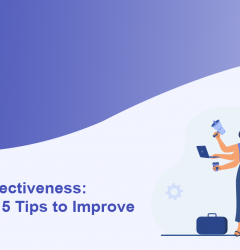
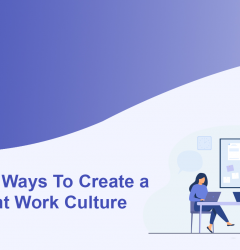
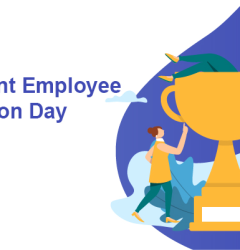







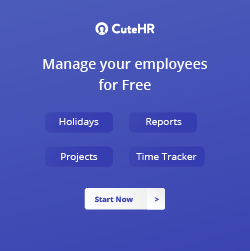

Himani